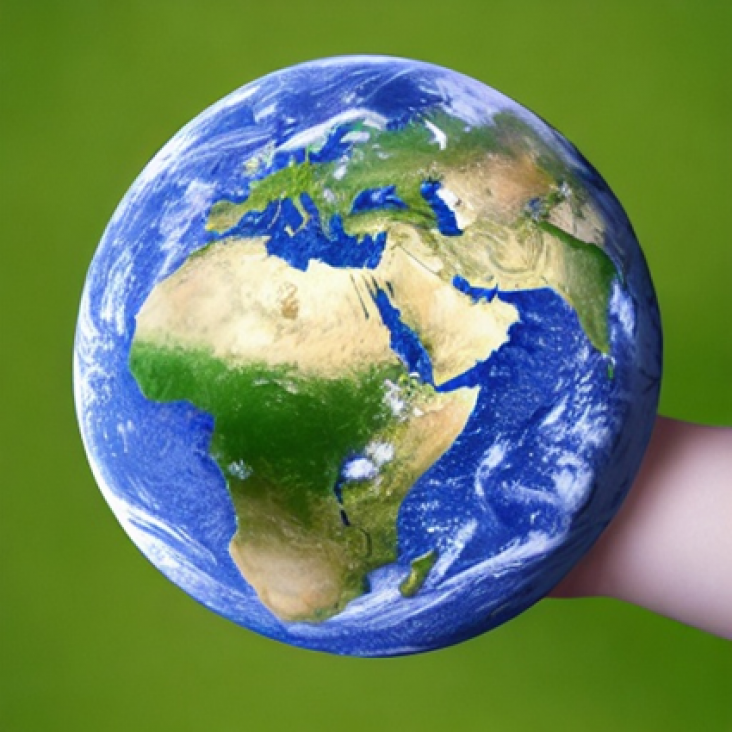Stanislaw Sieniutycz, Chapter 6 - Biodiversity maintenance in food webs, Editor(s): Stanislaw Sieniutycz, Complexity and Complex Ecological Systems, Elsevier, 2023, Pages 75-97, ISBN 9780443192371
Nikolay Manchev Petrov, Mariya Ivanova Stoyanova, Rajarshi Kumar Gaur, Chapter 12 - Biodiversity and characterization of economically important viruses on potato cultivars, Editor(s): Rajarshi Kumar Gaur, Basavaprabhu L. Patil, Ramasamy Selvarajan, Plant RNA Viruses, Academic Press, 2023, Pages 245-270, ISBN 9780323953399
Chapter 13 - Applications of LiDAR in Biodiversity Conservation, Ecohydrology, and Ecological Process Modeling of Forest Ecosystems, Editor(s): Qinghua Guo, Yanjun Su, Tianyu Hu, LiDAR Principles, Processing and Applications in Forest Ecology, Academic Press, 2023, Pages 407-442, ISBN 9780128238943

